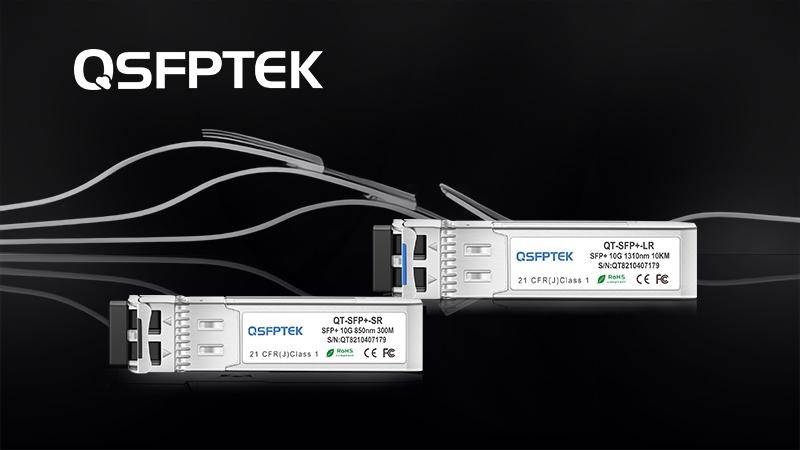Repair Soldering Process of LCC Optical Module
An optical module is a connection module that performs the photoelectric conversion. It is mainly composed of functional circuits, optical interfaces, and optoelectronic devices. The optoelectronic devices include two parts: transmitting and receiving. Optical modules can be divided into optical receiving modules, optical transmitting modules, optical transceiver integrated modules, and optical forwarding modules according to their functions. The optical transceiver integrated module is an important device in optical fiber communication. Its main function is to realize photoelectric/electro-optical conversion, including optical power control, modulation transmission, signal detection, IV conversion, and limiting amplification judgment regeneration functions. The common ones are SFP, SFF, SFP+, GBIC, XFP, 1×9, etc.
The LCC optical module is a kind of integrated optical transceiver module. With the deepening of optical communication applications and the diversification of optical module application fields, the market demand is developing in the direction of miniaturization, high speed, and high density. LCC optical modules are receiving more and more attention. Much attention. The LCC optical module belongs to the surface-mount package, which has the characteristics of small size, high density, high reliability, small electromagnetic radiation and strong anti-interference ability. It is widely used in high-speed and short-distance data communication connections, such as optical backplane transmission.
Affected by the use environment, the LCC optical module will often be repaired during use after assembly, and needs to be disassembled and re-soldered. Due to many problems such as small size and irregular shape of the LCC optical module, its rework soldering process has become a difficult point. Therefore, this paper proposes a convenient, effective and highly reliable welding process method for the key and difficult points in the rework process.
LCC optical module structure and repair difficulties
LCC optical module structure and repair difficulties LCC optical module usually consists of circuit substrate, upper cover, optical fiber ribbon, MT connector and positioning pin. The upper cover is made of stainless steel, and the circuit substrate is sealed by epoxy resin.
Based on the structural characteristics of the LCC optical module, the difficulties in repairing it are mainly reflected in:
1) The epoxy resin seal is used between the lower circuit substrate and the upper metal shell. During the rework soldering heating process, if the peak temperature is too high and the temperature rise rate is too fast, the sealing resin will easily crack or fall off. As shown in Figure 2, the epoxy sealant of the LCC optical module in the figure has an obvious gap under the action of thermal stress, which seriously damages the sealing of the optical module;
2) There is a large-sized pad at the bottom of the device for heat dissipation. During the rework process, the temperature rise rate of this pad is quite different from that of the upper cover plate and surrounding pads of the device, and because the internal components of the device use SAC (Sn-3Ag- 0.5Cu, melting point 217 ℃) The material of solder and optical fiber ribbon is not resistant to high temperature, the peak temperature and reflow time are strictly limited, and reasonable process parameters need to be adopted, otherwise it will cause remelting of the solder inside the device;
3) The existence of the optical fiber ribbon brings great inconvenience to the positioning of the LCC optical module. When using the rework station, although the suction nozzle can absorb the device from the center of the metal shell of the device, the optical fiber ribbon first touches the printed board when placing the device It may cause the internal optical fiber to break, and the rebound and shaking of the optical fiber ribbon after the device is placed on the pad will further cause the deviation of the device;
4) The optical fiber ribbon is located at the half-height position of the device, and the hot air nozzle of the rework table cannot be close to the optical fiber ribbon during heating, and there is also a large distance from the bottom of the device, which will inevitably affect the heating efficiency;
5) If the simple bottom heating method is adopted in the rework soldering process, due to the large temperature difference between the bottom and top of the device, it may cause the lower substrate of the device to warp, resulting in greater assembly stress;
6) The device manufacturer clearly requires in the instruction manual that soaking is not allowed for cleaning after rework. If it is necessary to strictly control the residue of flux, reliable cleaning methods must be used.

